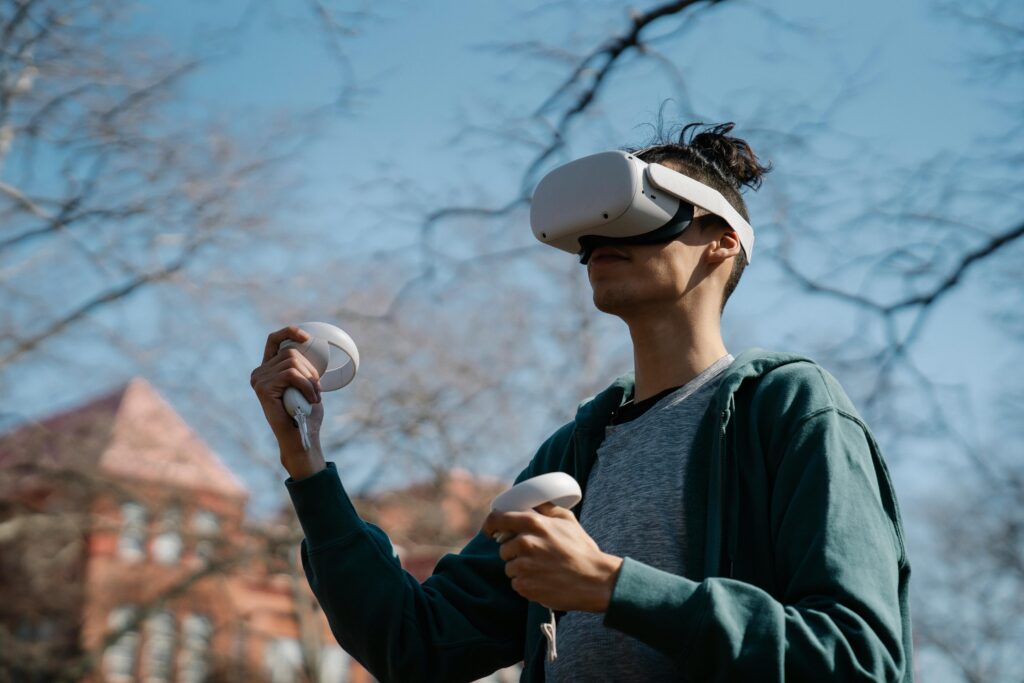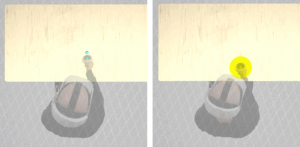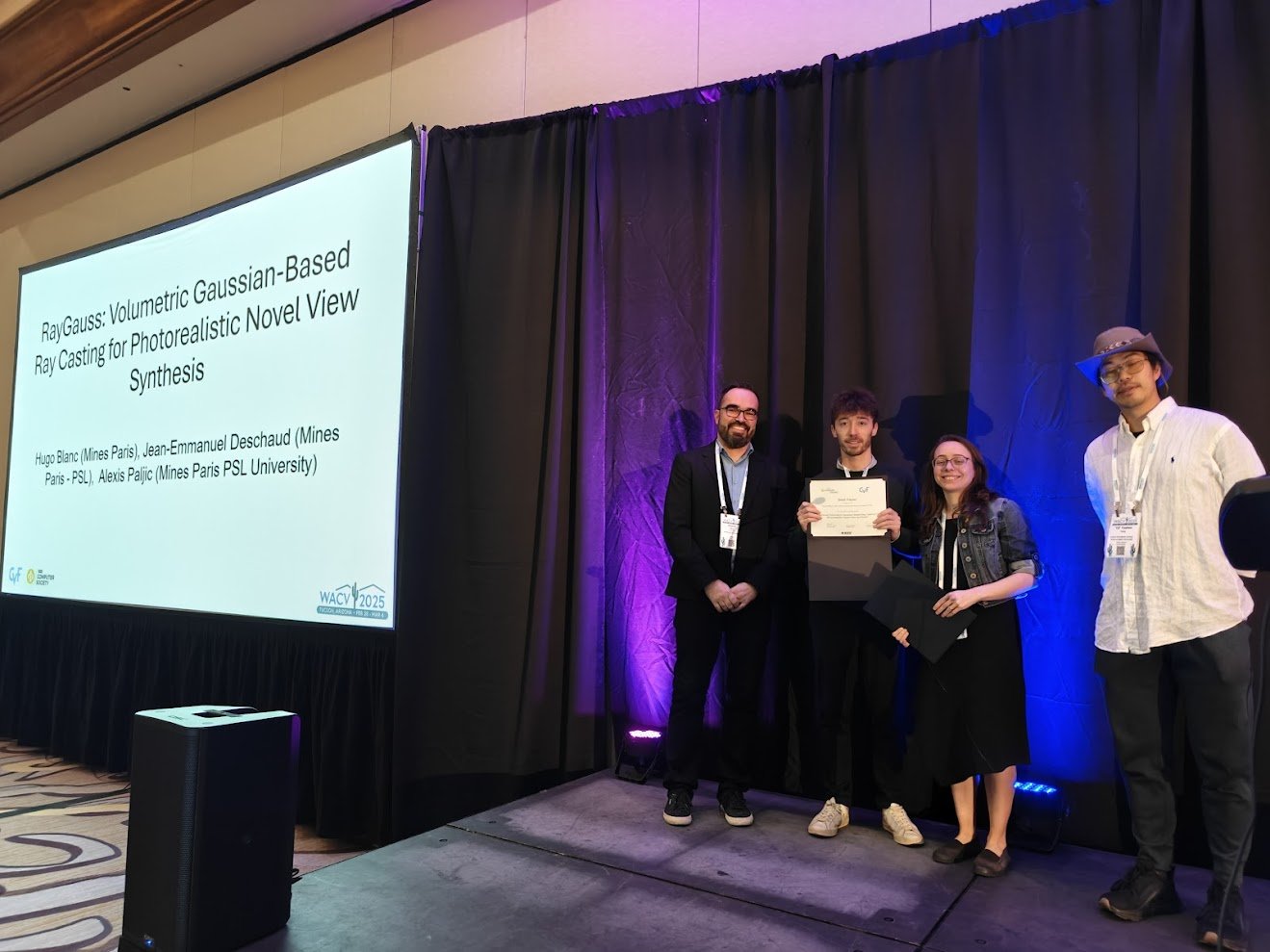VR and the brain: how our gray matter adapts our movements to change


To succeed in our actions, we constantly adapt to changes in the environment. This phenomenon of adaptation can be considered a form of short-term learning, allowing us to recover our performance level despite altered conditions. The study examines the invisible cognitive mechanisms involved in visuomotor adaptation, i.e., how our brain adjusts our movements in response to visual changes.
The researchers used a VR headset to create a pointing task. Thirty-five adults participated in this experiment and were immersed in the VR environment. The instruction was to move a visual cursor onto a target using a handheld VR controller. The task consisted of two main phases, each comprising several dozen pointing trials: a phase without disturbance and a phase with visuomotor disturbance. The juxtaposition of these phases made it possible to capture the phenomenon of adaptation to visuomotor disturbance and obtain new data.

Task as seen by the participant.
The results show that the adaptation of the length of the gesture trajectory is faster than the adaptation of the initial angle. Based on a computational analysis using a specific control model, this observation suggests the presence of at least two distinct cognitive processes: one related to predicting the state of the world, which corresponds to the adaptation of the trajectory length, and one related to choosing the goal of the action, which corresponds to the adaptation of the initial angle.
Virtual reality, particularly the use of VR headsets, is proving to be a valuable tool for studying and potentially treating motor disorders. By immersing users in realistic and controlled environments, it could lead to the creation of new, safe, and effective therapeutic approaches.
The study’s findings highlight the importance of understanding the hidden mechanisms of the brain in order to improve therapeutic interventions. A dissociation of adaptation processes could explain why some rehabilitation methods are more effective than others, depending on the specific aspects of motor control they target.

Top view representation of the participant performing the task.
These results offer a new perspective on the cognitive mechanisms responsible for human movement. This could improve our understanding of motor control disorders, such as in patients with developmental coordination disorder or cerebellar syndromes, and help develop more relevant rehabilitation protocols.
By revealing the coexistence of two distinct processes, this study highlights the complexity of cognitive mechanisms in human movement. By using virtual reality, the researchers were able to create a controlled environment to study these mechanisms, offering promising prospects for the rehabilitation of motor control disorders. This breakthrough paves the way for more targeted and effective rehabilitation protocols based on a deeper understanding of motor adaptation.

Artificial intelligence and computer vision are making great strides, particularly in the ability to generate ultra-realistic 3D images from multiple ...